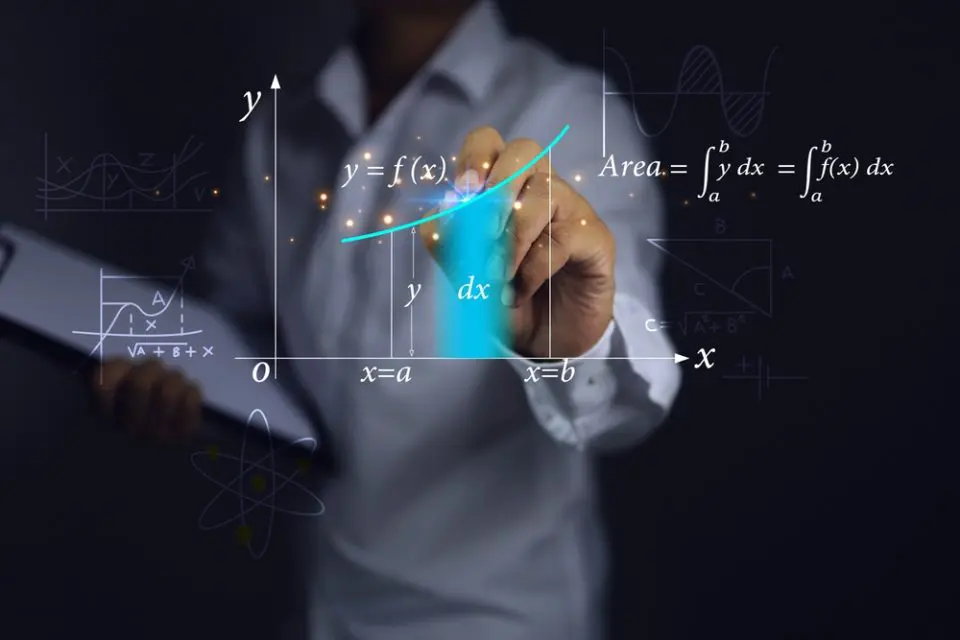New mathematical discoveries challenge traditional theories of infinite numbers

The evolving landscape of infinity
For centuries, the concept of infinity has captivated mathematicians and philosophers alike, stretching far beyond the simple idea of endless counting. Recent groundbreaking discoveries, however, have taken the notion of infinity to new heights. Two revolutionary types of infinity—exacting and ultra-exacting infinities—are reshaping our understanding of mathematical principles, posing a challenge to traditional theories that have long been accepted.
Understanding the basics of infinity
To understand the significance of these new findings, it’s important to revisit the fundamentals of infinity. In its most basic form, infinity is defined as a never-ending sequence of numbers. This sequence continues indefinitely, with no end in sight. The idea of infinity is not new, but it has evolved over time, leading to a complex hierarchy of infinite sets that mathematicians now explore. For example, the set of natural numbers (1, 2, 3, and so on) is often regarded as the simplest form of infinity, whereas the set of real numbers, which includes whole numbers, fractions, and negative numbers, is considered a more complex infinite set.
Over time, mathematicians have refined their understanding of infinity, categorizing it into different levels or “sizes” of infinity. This hierarchy of infinities has been crucial in understanding the behavior of numbers and sets, but recent discoveries have introduced new concepts that challenge these established ideas.
Breakthrough discoveries
Mathematicians from the Vienna University of Technology and the University of Barcelona have made significant strides in the study of infinity by identifying two new types: exacting and ultra-exacting cardinals. These discoveries mark a departure from the traditional structure of infinity that mathematicians have studied for decades, offering new perspectives on how infinite sets behave.
Exacting cardinals possess an intriguing property: they contain perfect replicas of themselves. Imagine a house filled with identical copies of itself—this is the core idea behind exacting infinities. These cardinals are not simply infinite in size but exhibit self-replicating characteristics that make them unique in the world of infinity studies. But the surprises don’t end there. Ultra-exacting cardinals take this concept even further, incorporating principles that not only replicate the set but also create the conditions necessary for these replicas to exist. This idea is akin to a building not only containing copies of itself but also including the architectural blueprints needed to replicate its design.
The nature of new infinities
The emergence of exacting and ultra-exacting cardinals introduces new ways of thinking about infinite sets. Exacting cardinals are an extraordinary leap in understanding infinity, as they represent a level of self-similarity that was previously thought to be impossible within the realm of mathematics. Their ability to replicate themselves challenges long-held assumptions about the nature of infinity.
Ultra-exacting cardinals take the idea of self-replication even further by introducing a dynamic process that allows these replicas to be created. These cardinals incorporate principles that govern their own creation, making them far more complex than previously imagined. The implications of these discoveries are vast, as they push the boundaries of mathematical theory and offer new insights into the infinite.
Mathematical implications and the axiom of choice
The introduction of exacting and ultra-exacting cardinals raises questions about their relationship with the Axiom of Choice, a fundamental principle in set theory. The Axiom of Choice allows mathematicians to select elements from a collection of sets in a way that guarantees the existence of certain mathematical objects. It’s a powerful tool that has shaped much of modern mathematics, but the discovery of new types of infinity has prompted mathematicians to revisit the assumptions underlying the Axiom of Choice.
Traditionally, infinities have been classified into three categories: those that conform to set theory, those that exhibit properties of chaos mathematics, and those that occupy an intermediate space. Exacting and ultra-exacting cardinals introduce a new layer to this classification, creating potential contradictions with existing theories. The relationship between these new infinities and the Axiom of Choice remains an open question, and much debate continues within the mathematical community.
Theoretical challenges and future prospects
The existence of exacting and ultra-exacting cardinals presents challenges to established mathematical theories, including the Hereditarily Ordinal Definable theory. This theory suggests that extremely large infinities naturally align with the ordering principles of the Axiom of Choice. The introduction of these new infinities, however, raises the possibility that some infinities may not fit neatly into this framework, which has long been assumed to govern the behavior of infinite sets.
As mathematicians delve deeper into these new discoveries, they are likely to encounter further contradictions and complexities that challenge existing theories. The implications of these findings are far-reaching, not only for the field of mathematics but also for the broader understanding of infinity itself. These developments open the door to exciting new avenues of research, and the future of infinity studies promises to be full of surprises.
The continuing journey of mathematical discovery
Mathematics is an ever-evolving field, and the study of infinity is no exception. The discovery of exacting and ultra-exacting cardinals represents a significant leap forward in our understanding of infinite sets. These new concepts challenge long-held assumptions and offer fresh perspectives on the nature of infinity.
As mathematicians continue to explore these new types of infinity, they will undoubtedly uncover even more surprises that will reshape the way we think about mathematics. While these new ideas are still being refined and explored, they represent a significant step in our journey to understand the infinite. The study of infinity is far from over, and the discoveries that lie ahead may change the way we view the very foundations of mathematics.
In conclusion, the new findings in the study of infinity, including the discovery of exacting and ultra-exacting cardinals, are challenging traditional mathematical theories and offering new insights into the nature of infinite sets. As researchers continue to explore these concepts, we can expect even more groundbreaking revelations in the world of mathematics, reshaping our understanding of the infinite in ways we never thought possible.













